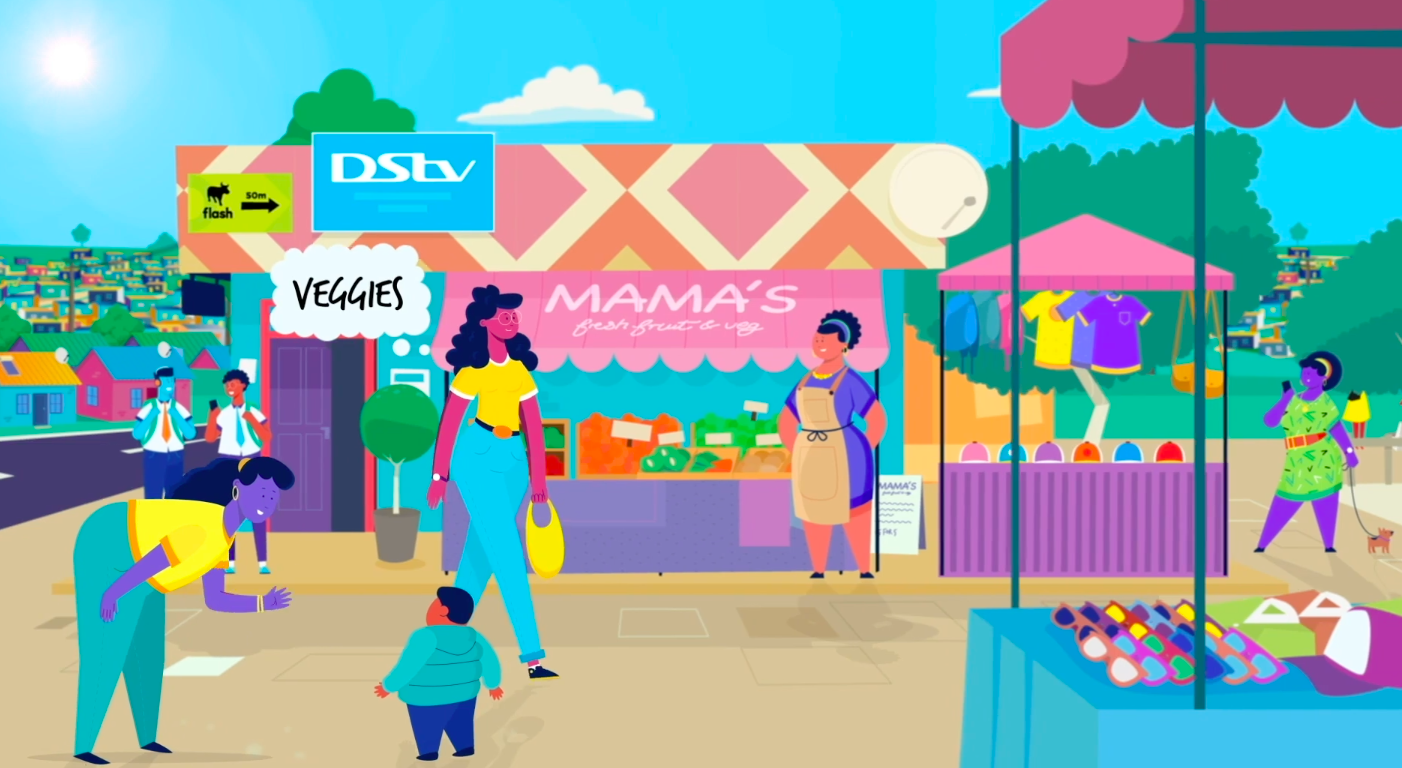Film
Animation helps SA educators fill learning gaps
The impact of Covid-19 on education could be felt for as long as ten years. By the end of 2020, it was estimated that, despite efforts made in both the private and public schools, children lost a full six months of learning, according to education expert Professor Nicky Roberts.
“And even now they’ve gone back, it’s patchy because they can only go one or two days a week,” he says.
South Africa is not unique. According to the UNESCO Monitoring Report, 192 countries had implemented nationwide closures, affecting about 99% of the world’s student population, and a total of 1.75-billion learners.
The challenge for parents and educators is sifting through the mountain of new digital education programs on offer – from maths and science to coding and drone technology. How does a parent or school discern the quality, credibility and differentiators of each education platform? It’s not easy. Meanwhile, education companies need to work harder to stand out in the tsunami of content in this evolving industry.
“The industry is in total flux,” says Steve McDonald, co-founder of animation and video studio 3rdfloor. “Online education platforms are desperate to stand out. They want to catch the attention of learners and educators and hold it. Their websites and social media are their shop window, so that initial impression really matters.
“Google Analytics shows that the bounce rate – the percentage of people who land on your website and then leave without visiting another page – is almost 57%. In other words, you have to make it count.”
Animated videos help businesses and organisations simplify their message and show their target audience who they really are. A good video will draw on a number of tools from the animation toolbox – animated infographics, custom character design and a style that is made to catch the attention of the viewer you are speaking to.
“Animated videos are also extremely versatile,” he says. “We often make multiple versions in different languages, edit videos into bite-size ‘cut downs’ for various social platforms, pull out gifs and images and even offer a full digital asset library which our clients can use across their entire brand.”
3rdfloor is currently creating a series of animated videos for MySociaLife, the South African digital life skills program which teaches online safety, media literacy and social media awareness in schools.
Says MySociaLife founder Dean McCoubrey: “We educate students and parents, teachers and psychologists, and we teach eight different modules about the complexity of life online. It’s a lot to explain: we didn’t believe that our story could be told in 90 seconds. The animated explainer encapsulates it all so concisely, and the animated characters make the program memorable. The feedback has been phenomenal.”
Warren Willmott, Animation Director at 3rdfloor, says: “Every client is different, so we conceptualise and design the entire visual universe according to the brand and message that your video needs to convey. Not only does this help you stand out from the crowd, but it also gives your message longevity.”
He proposes four considerations for educators looking to produce animated videos:
- Focus on the story: You can’t have an engaging video without an engaging script. Spend time on this part of the process and make sure you get it right.
- Keep it short: We usually say 90 seconds is a good duration, but if you can tell your story in less then go for it. Anything that doesn’t perform a function must go.
- Be brave. Be bold: A little humour and quirkiness go a long way. So does the choice of music, voice artist and the use of sound effects. Don’t be afraid to go with cool ideas that are different – go with them because they’re different.
- You get what you pay for: There are no shortcuts, good work takes time. So before you choose your supplier, look closely at their body of work and the level of detail they offer.
“To stand out in the digital noise that is the media environment of today, you really have to be able to tell a story on multiple levels,” he says. “It’s visual, informative and emotional, and if you can strike the right balance, your video will connect with people and be remembered.”
For more information, visit: 3rdfloor.tv



















